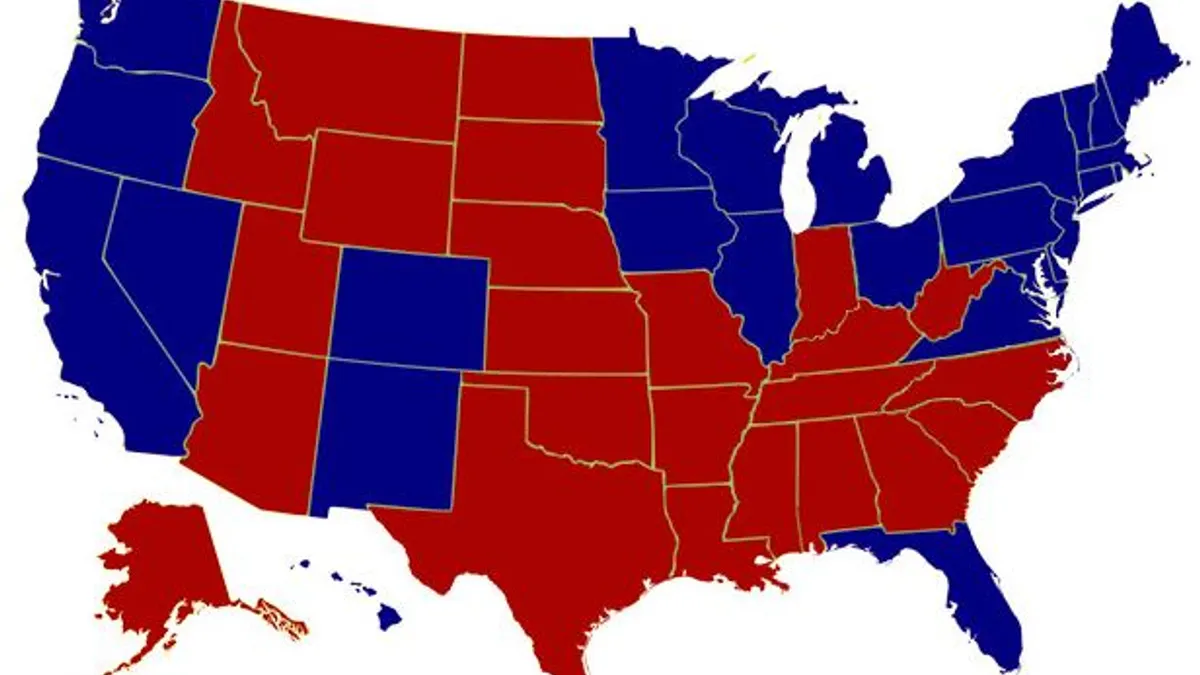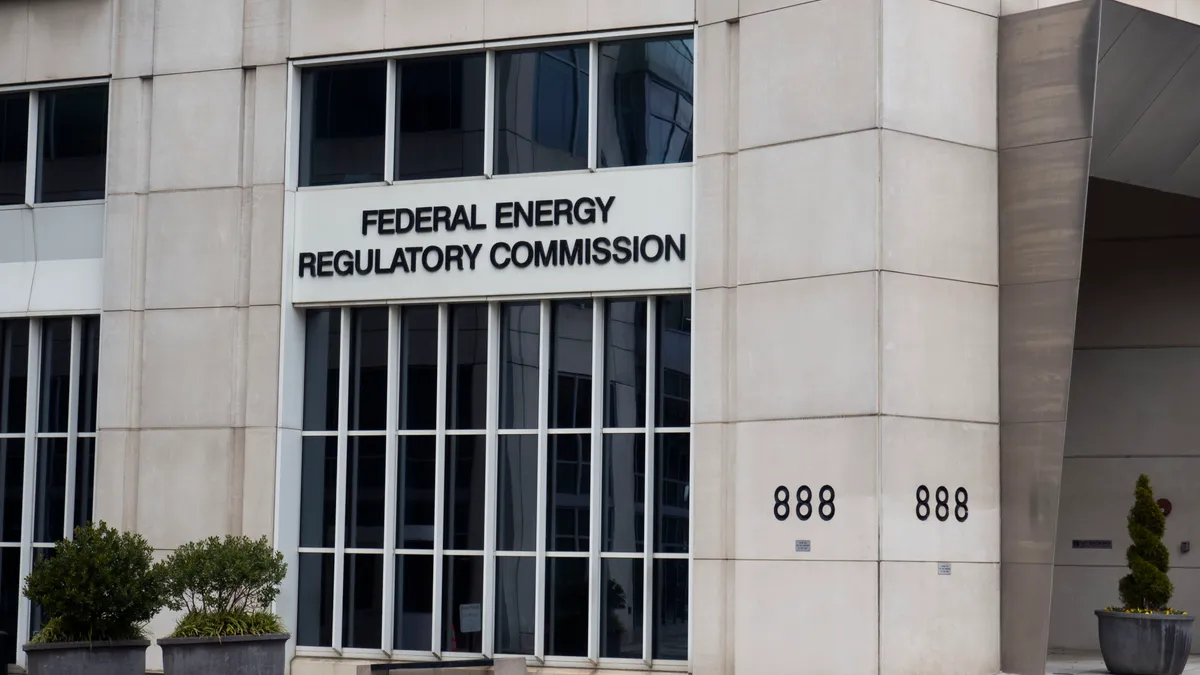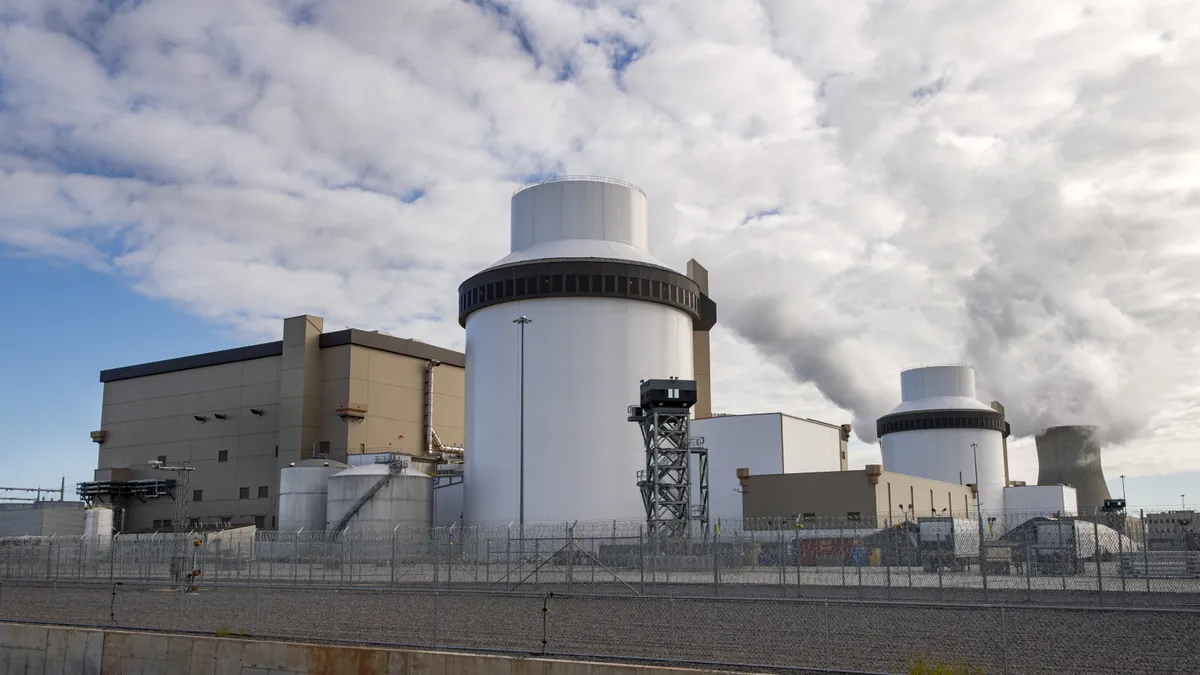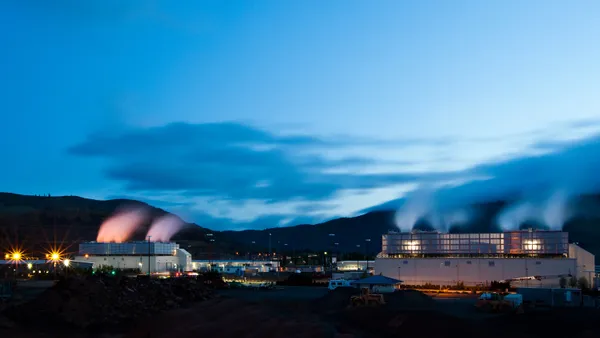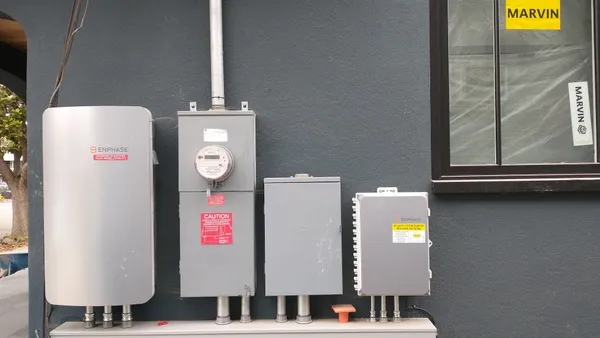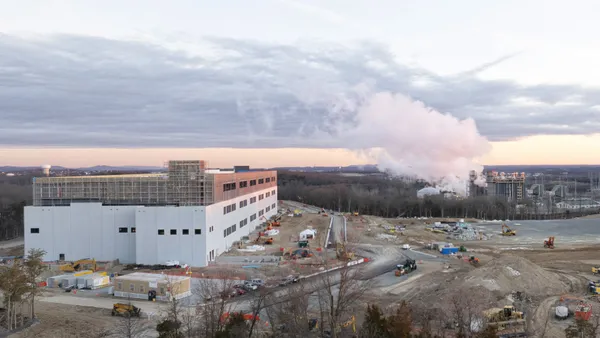The extent to which states are fostering energy efficiency policies and programs is never more clear than when the American Council for an Energy-Efficient Economy (ACEEE) issues its annual scorecard. The data in the report, which is funded by the Department of Energy and the Environmental Protection Agency, is pored over by policymakers, equipment vendors and service providers for clues about market opportunities.
Just last week ACEEE published its seventh such snapshot of how devoted states are to the so-called "first fuel" and what is more apparent with each scorecard is that the U.S. has become a nation of efficiency haves and have-nots.
Ranked on a scale of zero to 50 points, 23 states scored 18 or higher while 15 received a score of 12 or lower. Massachusetts ranked first for the third year running with a score of 42 points. The rest of the states followed, being ranked by ACEEE on a number of factors, including utility and public benefits programs, transportation policies, building energy codes, combined heat and power, state government initiatives and appliance efficiency standards.

Here's what's striking about the top 23 states. Each one is, in political terms, a blue state that voted for Democrat Barack Obama in the 2012 presidential election. And the bottom 15? Each one is a so-called red state. The dozen states in the middle are a mix.

When the map that ACEEE includes in its 162-page report is laid over the 2008 or 2012 presidential election map of red and blue states, the results are eerie.
The states at the top were pursuing efficiency across at least five of the six factors. By contrast, the bottom 15 were much less ambitious in their pursuit of efficiency gains, with most making low scores in four of the six categories.
In ACEEE's eyes, pursuing more efficient use of energy in transportation, buildings and industry fosters economic development in the energy efficiency services and technology industries and saves money for consumers to spur growth in all sectors of a state's economy.
"Energy efficiency is a resource abundant in every state, and reaping its full economic, energy security, and environmental benefits will require continued leadership from a wide range of stakeholders, including legislators, regulators, and the utility industry," ACEEE concluded in its report on the scorecard.
Unfortunately, the news release by ACEEE that accompanied the scorecard pulls its punches and is full of happy-talk quotes from Energy Secretary Ernest Moniz, Massachusetts Governor Deval Patrick and others on the wonders of efficiency.
ACEEE Executive Director Steve Nadel said: “In every region we are seeing states embrace energy saving measures with growing enthusiasm." I suppose that was diplomatic of him, but it makes it seem as if he didn't really understand the data in the scorecard.
Perhaps the next scorecard ought to add a new section quantifying the dollar value of lost opportunities—in terms of jobs, and savings to taxpayers and consumers—in states that have made the wrong policy choice or simply refuse to entertain any choices at all.
And one has to wonder when the stakeholders in the red states will wake up to the amounts of money they have squandered for their customers and voters because they eschew what in the minds of many on the farther right reaches of political thinking are "green" solutions to problems that do not need solving.


